— 9 min read
How Construction Feasibility Studies Guide Building Decisions
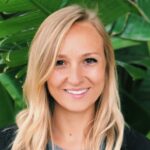
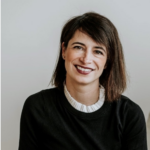
Last Updated Nov 15, 2024

Bianca Holtier Coury
Education Audience Marketing
19 articles
Bianca Holtier Coury spent 15+ years in various roles managing construction projects, such as Preconstruction Team Lead, Purchasing Agent, and Project Manager. She has a wealth of experience in all project phases, including managing project schedules and budgets, bid management, and coordinating vendors and subcontractors. Bianca is an Associate Member of AIA and a LEED Green Associate. She currently serves as Director of Partnerships for the Construction Progress Coalition. Bianca holds a BA in Urban Design and Architecture Studies from NYU. She lives in Cleveland, OH.

Kacie Goff
Contributing Writer
90 articles
Kacie Goff is a construction writer who grew up in a construction family — her dad owned a concrete company. Over the last decade, she’s blended that experience with her writing expertise to create content for the Construction Progress Coalition, Newsweek, CNET, and others. She founded and runs her own agency, Jot Content, from her home in Ventura, California.
Last Updated Nov 15, 2024
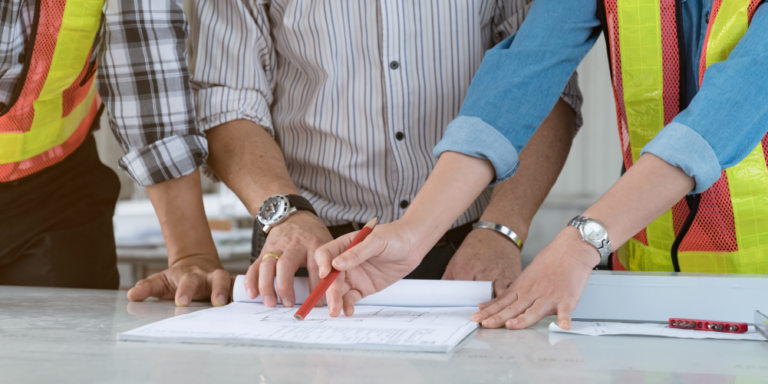
There are countless steps taken by stakeholders to ensure the success of a construction project — and many questions that need answering before getting started. Can the project be built in this location? What can be built — and what can’t? When can the project start, and what’s required to make it happen? Stakeholders for every construction project explore these questions with a site feasibility study.
Construction feasibility studies can take many forms. What the study includes, who conducts it and how it’s formatted all depend on the company behind it, the site in question and the project goals. Having a basic understanding of construction feasibility helps avoid pitfalls that can negatively affect the project — or even make it impossible to complete.
In this article, we will explore the ins and outs of feasibility studies for construction projects: how they’re created, how they affect what is built and some of their use cases.
Table of contents
What is a construction feasibility study?
Similar to a pro forma—where owners evaluate whether or not a construction project will be financially successful—a feasibility study is the process of researching the location and design of a building before starting a project to determine its success. The goal of performing these studies is to prevent a project’s failure by looking into everything builders could run into, from geological hurdles to sociological concerns.
How does a feasibility study for a construction project site work?
Site feasibility studies are conducted during the preconstruction phase before any designs are finalized. These studies evaluate factors that may shape the design for the project in a significant way by determining what is — and isn’t — possible on the site. As a result, the study should kick off when the project is proposed but before the drawings are finished.
The feasibility study seeks to answer two key questions: Can the project be constructed with the intended design on the selected site? Once built, will the project meet or exceed expectations? Because the answer to that question varies depending on the chosen site and the project's goals, evaluating construction feasibility is often a fluid process.
That said, site feasibility usually looks at three categories: location feasibility, followed by design and social feasibility.
Location Feasibility
This part of the feasibility analysis evaluates the site itself. Is it zoned appropriately? Are there any city, county, state or federal parameters that could affect the project? What about on-site geological hazards and proximity to potential issues (e.g., airports, brownfields)? In short, location feasibility evaluates whether or not the intended project can and should actually be constructed on the chosen site.
Design Feasibility
Once the location is confirmed as viable — including sign-off from the owner and civil engineers on location feasibility — design feasibility gets underway. This portion of the process explores whether the desired design can work on the site.
Design feasibility uses early-stage blueprints and specifications to determine if the vision for the project aligns with what’s possible on the ground. In many cases, design feasibility studies identify a range of possible options.
As a best practice, stakeholders on every project should consider construction feasibility at the site in question. Fortunately, this doesn’t have to be a major hurdle for the project. With a seasoned team, turnaround time on a site feasibility study is generally fairly quick.
Social Feasibility
Feasibility studies test more than just if a building can be built, but also whether they should. For many builders, the local community’s reaction to the project is just as critical as construction feasibility. Even a beautiful, well-designed building can go vacant if its intended users reject it. Adding a community feedback element to a feasibility study sets owners up to see success upon completion.
For example, a local survey might reveal that community members are furious about using the parcel for a commercial space when the municipality desperately needs housing. Converting the project to a mixed-use building with an additional story of residential spaces could ease concerns. Beyond that, it could set the project up to be well-received — and regularly used — upon completion.
Who conducts a site feasibility study?
An individual or team with specialized experience should handle the feasibility study for construction project sites. Larger design-build firms often have an in-house division ready to explore the feasibility of any project they take on.
For companies that don't have an internal feasibility function, contracting out to feasibility consultants helps to ensure they receive the fleshed-out, informative study the project requires. When hiring a consultant, companies should look carefully into the consultants’ qualifications to ensure they have experience on similar projects.
Once the study is completed, the owner — along with applicable architects and engineers — needs to review it. The review process warrants more than a quick skim. Overlooking the study could have serious ramifications for the success of the project.
For example, the construction feasibility study might point out that surrounding transportation could be a challenge or that protected wetlands are nearby. Leaving obstacles unaddressed could mean the project stalls out midway. Worse yet, it could render the project unfit for its intended purpose once it’s completed.
What’s in a site feasibility study?
The formatting of a site feasibility study varies depending on the company behind the report, the owner’s requirements, and the specific site. It might be a checklist that gets operationalized or a standardized template with categories that various teams at the firm complete.
Ultimately, the formatting of the feasibility study for construction project sites matters less than what that study contains. Here are a few key areas to consider including:
- Zoning
- Budgetary considerations, including:
- Geological hazards, including:
- Legal considerations
- Approvals and permitting from applicable regulatory bodies (e.g., municipal design review committees)
- Environmental considerations, including:
- Utilities (e.g., do existing hookups exist?)
- Easements and other restrictive covenants
- Incentives attached to the site (e.g., tax credits)
- The surrounding area, including:
- Operational feasibility, including:
- Site use upon completion, including:
Stay updated on what’s happening in construction.
Subscribe to Blueprint, Procore’s free construction newsletter, to get content from industry experts delivered straight to your inbox.

Feasibility Study Use Cases
At their core, site feasibility studies serve as a risk management tool. As the study is created, people experienced in evaluating everything from physical sites to budgetary considerations examine key areas. Once the study is prepared, it gives owners and other stakeholders the opportunity to understand what the project will entail before it gets too far along to make changes.
Here are a few examples of how companies can use site feasibility studies to set projects up for success:
- Legal feasibility: Putting the study in front of the legal team gives them a clearer understanding of the project in its entirety, including how it interplays with applicable regulation and which governing bodies are involved. Say the study identifies that the site is near protected wetlands or in a historical district. A review of the study allows the legal team to flag anything that could make the project impossible from a legal standpoint. It also gives them the opportunity to prepare for hurdles that could arise.
- Construction feasibility: The site feasibility study could uncover factors that significantly affect the build. The project may have planned for a large underground parking garage, for example, but the soil test conducted as part of the study reveals that the site is littered with giant rocks. Excavating those rocks may eat too much of the budget, leading the owner to elect to move to a new site.
- Design feasibility: Construction feasibility analysis connects the architects to the reality of the site. If the architect designs a music hall with curves along the roofline but the area is known for lots of wet, heavy snow, for example, the study makes the architect aware. This allows them to pivot accordingly before the design is finalized.
- Scheduling feasibility: Feasibility studies can be used for their granular details. When planning the project’s timeline, teams can leverage evaluated areas like procurement and weather feasibility to create the most accurate schedule possible.
- Financial feasibility: Owners may not be the only parties concerned with how realistic the project is based on the budget, and the profits it can yield upon completion. A site feasibility study gives investors a way to see that due diligence has been conducted, safeguarding any money they choose to put up.
- Rebuild feasibility: It’s not uncommon to operate under the assumption that if a building exists on a site, it can be demolished and something similar can be rebuilt. But between zoning changes, new environmental protections, and more advanced geological survey technology, plenty of obstacles can arise. Conducting a feasibility study for construction project sites where demo and rebuilds are planned gives stakeholders a way to ensure the project can actually work — and to do so before anything is torn down.
Site feasibility studies help owners and other stakeholders avoid disaster. But they’re not just a risk mitigation tool. When done right, they can yield remarkable results.
Take The Caledonia Luxury Apartments in Manhattan as an example. The feasibility study identified that there was a historical piece of railway on the site. Because this was flagged early on, design was able to incorporate that historical component, feeding it into the building and tying it into neighboring High Line park.
Answering the Key Question: Is it Feasible?
Site feasibility studies to answer one question – is this project feasible? Feasibility studies give stakeholders a way to identify obstacles before it’s too late, plan projects more intelligently, and potentially identify opportunities to make more of the completed project.
During the study, stakeholders may learn new information that could be a detriment to the entire project, or possibly inspire the design for greater success. As a best practice, every construction project should undertake this step. And as technology advances — like reality capture drones — conducting these studies should get both easier and more informative.
Was this article helpful?
Thank you for your submission.
96%
4%
You voted that this article was . Was this a mistake? If so, change your vote
Scroll less, learn more about construction.
Subscribe to The Blueprint, Procore’s construction newsletter, to get content from industry experts delivered straight to your inbox.
By clicking this button, you agree to our Privacy Notice and Terms of Service.
Thank you!
You’re signed up to receive The Blueprint newsletter from Procore. You can unsubscribe at any time.
Categories:
Written by

Bianca Holtier Coury
Education Audience Marketing | Autodesk
19 articles
Bianca Holtier Coury spent 15+ years in various roles managing construction projects, such as Preconstruction Team Lead, Purchasing Agent, and Project Manager. She has a wealth of experience in all project phases, including managing project schedules and budgets, bid management, and coordinating vendors and subcontractors. Bianca is an Associate Member of AIA and a LEED Green Associate. She currently serves as Director of Partnerships for the Construction Progress Coalition. Bianca holds a BA in Urban Design and Architecture Studies from NYU. She lives in Cleveland, OH.
View profile
Kacie Goff
Contributing Writer | Procore Technologies
90 articles
Kacie Goff is a construction writer who grew up in a construction family — her dad owned a concrete company. Over the last decade, she’s blended that experience with her writing expertise to create content for the Construction Progress Coalition, Newsweek, CNET, and others. She founded and runs her own agency, Jot Content, from her home in Ventura, California.
View profileExplore more helpful resources
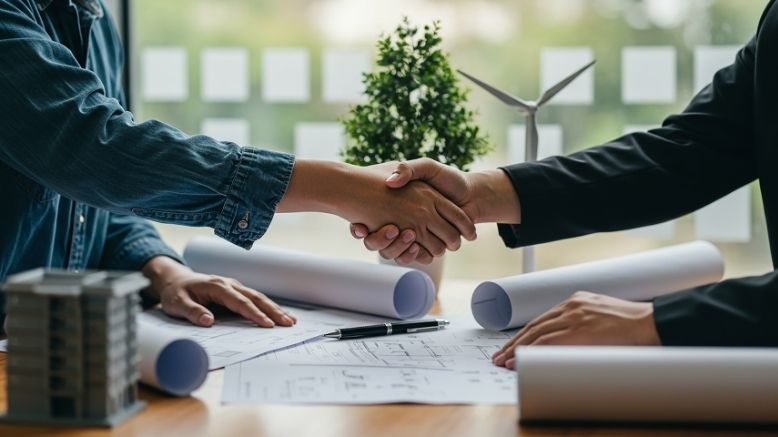
Defending Against Financial & Legal Risks on Megaprojects
The construction industry has seen marked growth in megaprojects. Some experts classify any project over $500 million as a megaproject, while others argue that the build needs to be $1...

Unlocking Project Intelligence: Moving from Raw Data to Actionable Insights
The construction industry faces a wide range of challenges, from ongoing labor shortages to frequent cost overruns. But some the biggest hurdles all stem from unpredictability. The general contractors (GCs)...
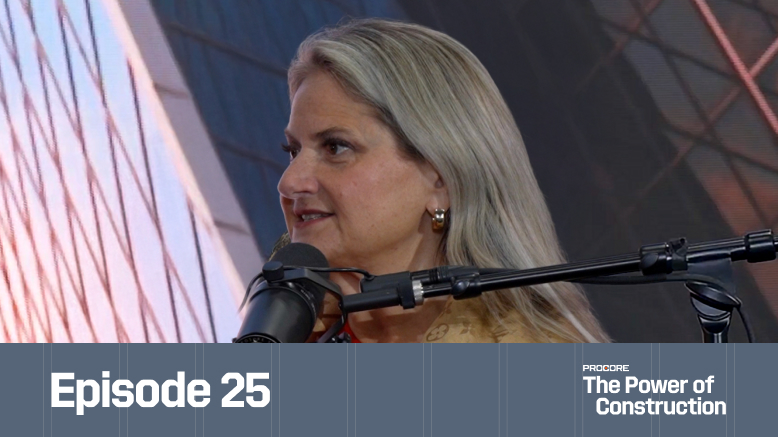
Who is accountable for innovation in construction?
Everyone says construction needs to innovate—but no one agrees on who’s actually responsible for making it happen. Is it the owner? The builders? The tech vendor? Or is innovation everyone’s...

Integrated Project Delivery in Practice: A Framework for Collaboration
On construction projects, traditional delivery methods put different stakeholders in their own silos. While the design team feeds drawings and specifications to the general contractor (GC), the GC’s expertise in...
Free Tools
Calculators
Use our calculators to estimate the cost of construction materials for your next project.
Templates
Find a template to help you with your construction project tasks.
Material Price Tracker
Get the latest U.S. retail prices and view historical trends for common building materials.
Glossary
Explore key terms and phrases used in the industry.
